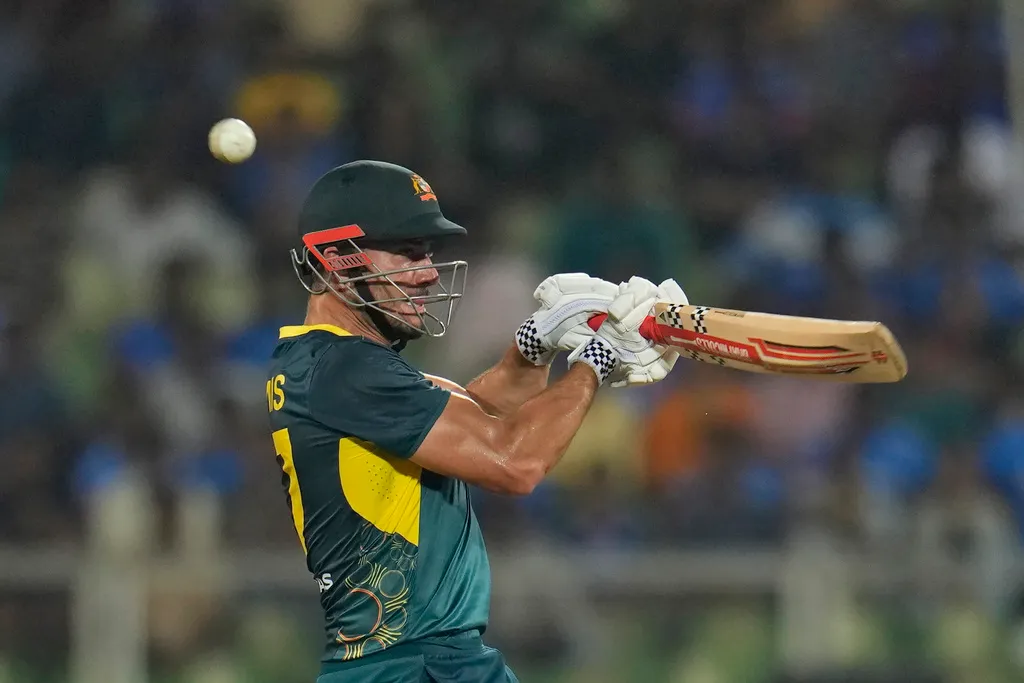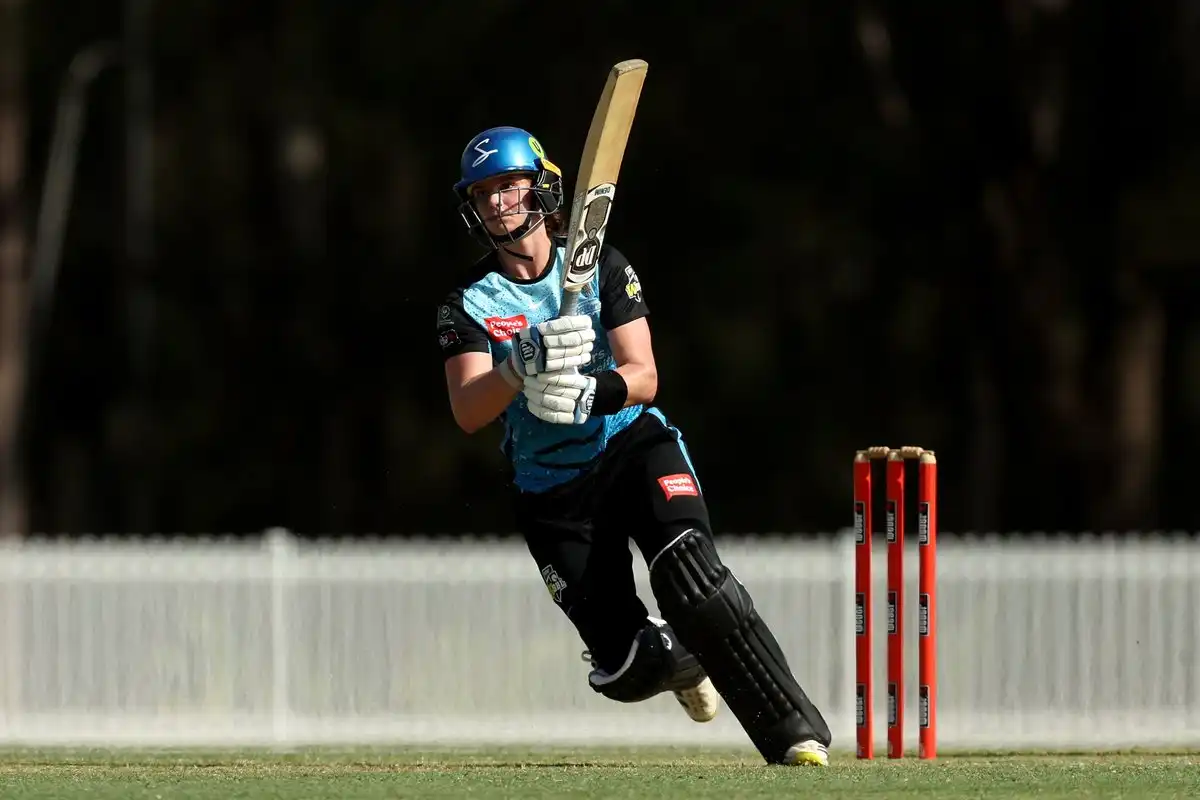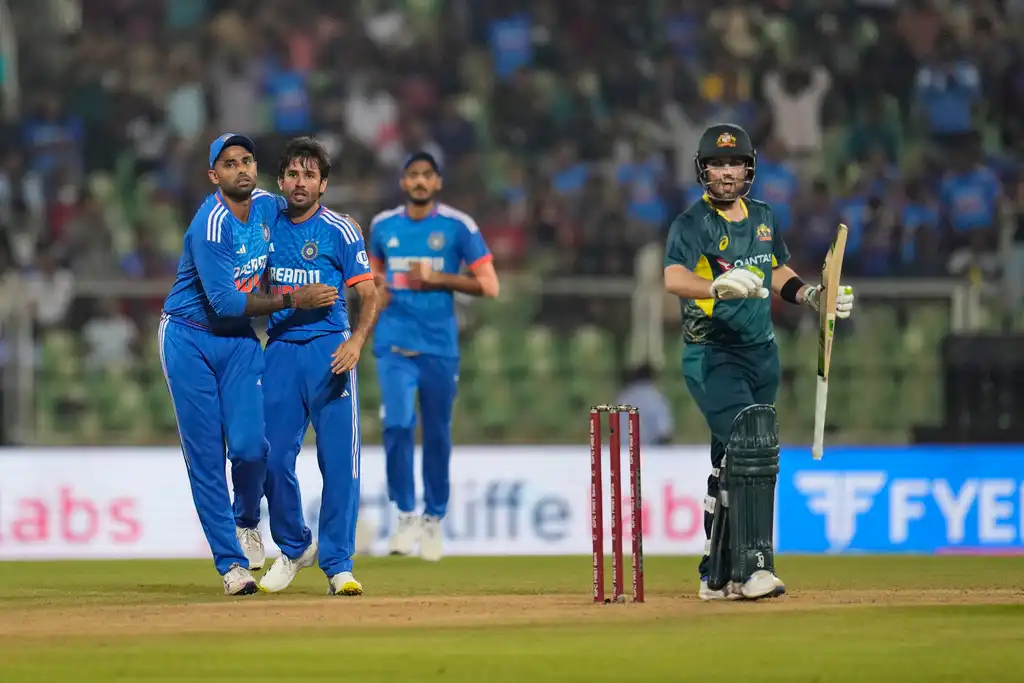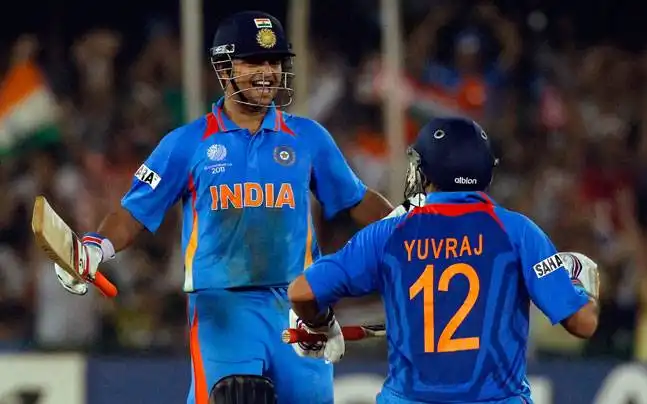 Australia will be looking to sort their issues ahead of the third T20I against India (Source: AP Photos)
Australia will be looking to sort their issues ahead of the third T20I against India (Source: AP Photos)
The upcoming third T20I clash between India and Australia, scheduled for November 28, 2023, in Guwahati, holds immense significance for both teams. Australia, trailing 2-0 in the series, faces a critical juncture, necessitating strategic improvements in key areas. In the second T20I, Nathan Ellis emerged as Australia's leading wicket-taker with three dismissals, providing a silver lining in an otherwise challenging bowling performance.
Notably, Sean Abbott's struggles in both matches, characterized by an inability to take wickets and conceding substantial runs, underscore the team's bowling woes. Australia's batting, led by Josh Inglis's century in the first game, encountered challenges in the second T20I while chasing a formidable target. The failure of most batters in the second match intensifies the team's focus on rectifying batting inconsistencies.
For More Such Reads, Click Here.
With the series at a crucial juncture, Australia must address bowling concerns and fortify their batting lineup to mount a comeback. The third T20I serves as a do-or-die encounter, demanding comprehensive improvements from Australia to contend with India's formidable team and stay alive in the series.
Power Surge Needed: Australia's Call to Revitalize Batting and Bowling in Powerplay
Australia's struggles in the first six overs, whether in batting or bowling, have been glaringly evident and present a significant challenge for the team to overcome. Analyzing their performance while bowling in the powerplay, it becomes apparent that Australia's economy rate stands at 11.67, a considerable contrast to India's far more economical 7.75.
The number of boundaries conceded during this phase is also a concern for Australia, with 17 fours and 7 sixes, while India's bowlers managed to keep the boundaries to a total of 13 fours and 2 sixes. Turning attention to Australia's batting in the powerplay, the statistics reveal a struggle to assert dominance. The team's strike rate of 122.22 in this phase pales in comparison to India's impressive 179.17.
Furthermore, the loss of wickets at an average of just 22, as opposed to India's 43, emphasizes Australia's vulnerability during the initial overs. These shortcomings in both the bowling and batting departments during the crucial first six overs paint a challenging picture for Australia.
Addressing these issues is not only essential for their immediate performance in the T20I series against India but also vital for the team's overall competitiveness in T20 cricket. A focused effort to improve their powerplay performances will be crucial for Australia to stage a comeback and level the series against a formidable Indian side.
Conclusion
In conclusion, Australia faces a critical need for introspection and analysis of their performances in the early stages of matches to mount a comeback in the ongoing T20I series against India. The struggles in both batting and bowling during the powerplay overs underscore the urgency for the team to find solutions and strike the right balance in their T20I squad.
Rectifying issues related to economy rates, wicket-taking abilities, and power hitting in the initial overs will not only enhance their competitiveness in the current series but also contribute to a more formidable and well-rounded team for future T20 competitions. Australia may need to reshuffle their strategies and few players to become more dominant in T20 cricket. The upcoming matches present an opportunity for Australia to demonstrate adaptability, learn from their shortcomings, and make the necessary adjustments to regain momentum in the series.






